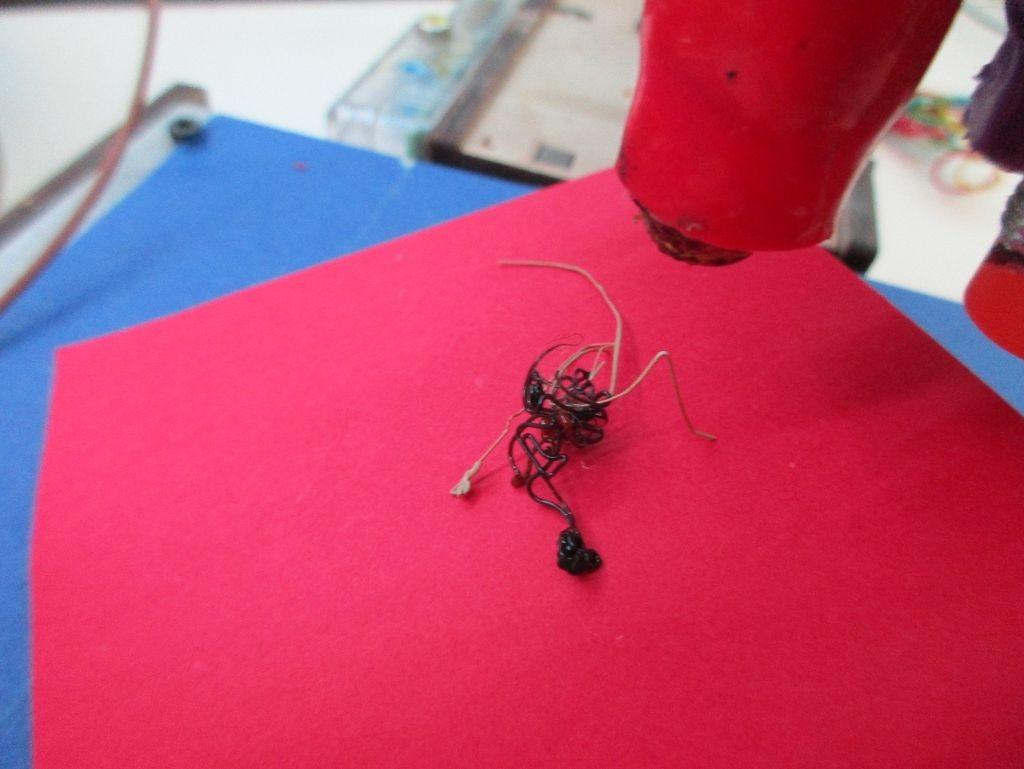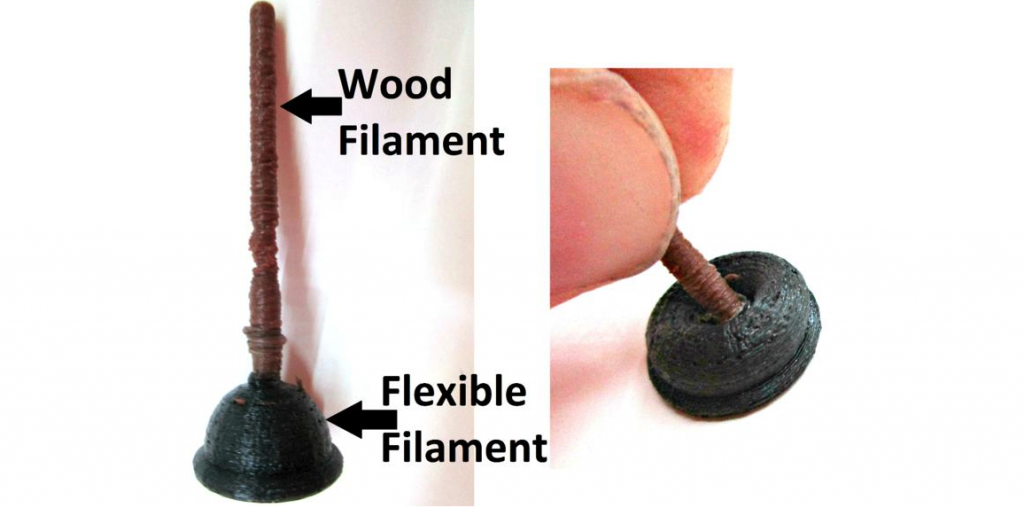
“Um, the toilet in our bathroom seems to be having a problem.”
These are the dreaded words in any household, but in ours it elicits raised eyebrows and a groan to reach the high heavens when I realize the situation is in the bathroom shared by my two teenage boys.
As the conversation streams off with something that sounds faintly like “…and a disgusting mess…” I am already throwing down the gauntlet with my $9.99 plunger from the hardware store, feeling no hope.
Alas, though, as the clouds part and the sun shines through, success is met–without my having to call a plumber. Maybe it’s just me, but I think that’s a triumph that deserves at least a victory dance from all involved. No reaction? How about a high-five? Nothing, ‘cept crickets.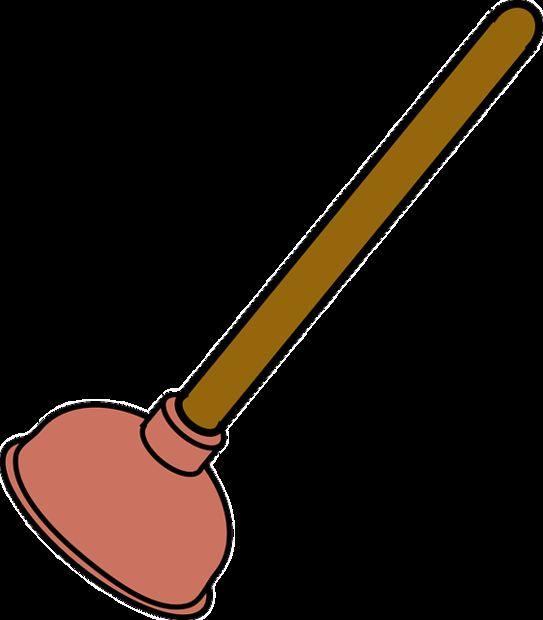
I’ve discovered that sometimes it takes added creativity to catch everybody’s attention, so the next time this potential plumbing plight is served upon me, just for a little humor and a lot of shock value, I plan to request ever so politely that the offending parties fix it themselves, and I will hand them the latest and greatest in 3D printing innovations, because I have a feeling being asked to service a toilet with the world’s tiniest plunger, 3D printed or not, might get us more than those infamous crickets.
Upon explaining that it is 3D printed with an astounding two different materials, perhaps everyone will feel differently. No? Well, in terms of a fun project, this plunger might only be good for working as a keychain or a novelty, but it does demonstrate the versatility that can be achieved–and on a very small scale–with one extruder, no less.
While most of us have read about a variety of multiple extruding devices available in the marketplace today, the fact still remains that most 3D printing hobbyists employ single-extruder 3D printers. With this project, the secret is in using the single extruder to spread the materials across different layers, as demonstrated by Instructables member icecats, who prints one material, pauses the printer, switches materials, and then continues the 3D print.
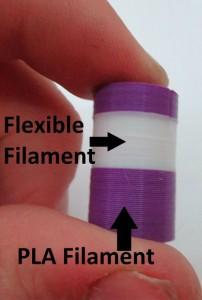 While it is a bit of a comical choice, icecats chose the mini-plunger design because it fit the material requirements he wanted to employ–combining flexible filament and wood filament. (Note: this design was used with permission from pixabay.)
While it is a bit of a comical choice, icecats chose the mini-plunger design because it fit the material requirements he wanted to employ–combining flexible filament and wood filament. (Note: this design was used with permission from pixabay.)
“Make sure that different materials will be used at different layer heights. This is key,” says icecats. “This process relies on the fact that your materials will be at different heights. In my example, the flexible plunger base is lower than the wooden handle.”
Once you’ve assessed that the materials you want to 3D print are indeed compatible with your specific 3D model, you will need to slice your 3D model into GCODE, using the slowest of the recommended settings with the best balance of infill, layering, and retraction settings. Upon loading the first material into the 3D printer, be aware that as you alternate to the next material, you can change the temperature then if desired.
Obviously, the crux of the project here is changing materials with the single extruder. Keep an eye on the first material. Are you ready for the next one? If so, hit the pause button. Raising the printer 10 mm on the Z-axis, make sure to put some paper under the extruder to catch leakage. After that, you have your chance to adjust the temperature if needed–upon adding the second material and purging the extruder until it’s printing your second material purely. This process can be repeated as often as you like.
In using PLA/NinjaFlex and wood/NinjaFlex, icecats was pleased to find superior bonding between the two.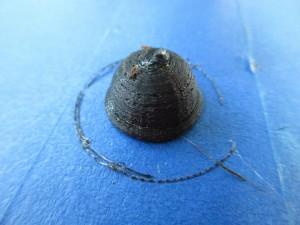
“The purple and white cylinder (shown above) was printed with PLA and NinjaFlex,” said icecats. “I stressed the print until it broke–two PLA layers split apart, which means that the NinjaFlex/PLA bond is actually stronger than the PLA/PLA bond! The bonding between the wood/NinjaFlex was similarly high strength.”
Icecats recommends that you try this process again with some other projects–like the following:
- Hard PLA/ABS box with NinjaFlex hinge
- Hard PLA/ABS model car with NinjaFlex shocks and tires
- Wood “table” with PLA/ABS legs
Have you made anything cool with this method, or are you planning to try? Discuss in the 3D Printed Mini-Plunger forum thread over at 3DPB.com.
Subscribe to Our Email Newsletter
Stay up-to-date on all the latest news from the 3D printing industry and receive information and offers from third party vendors.
Print Services
Upload your 3D Models and get them printed quickly and efficiently.
You May Also Like
Making Space: Stratasys Global Director of Aerospace & Defense Conrad Smith Discusses the Space Supply Chain Council
Of all the many verticals that have been significant additive manufacturing (AM) adopters, few have been more deeply influenced by the incorporation of AM into their workflows than the space...
EOS in India: AM’s Rising Star
EOS is doubling down on India. With a growing base of aerospace startups, new government policies, and a massive engineering workforce, India is quickly becoming one of the most important...
PostProcess CEO on Why the “Dirty Little Secret” of 3D Printing Can’t Be Ignored Anymore
If you’ve ever peeked behind the scenes of a 3D printing lab, you might have caught a glimpse of the post-processing room; maybe it’s messy, maybe hidden behind a mysterious...
Stratasys & Automation Intelligence Open North American Tooling Center in Flint
Stratasys has opened the North American Stratasys Tooling Center (NASTC) in Flint, Michigan, together with automation integrator and software firm Automation Intelligence. Stratasys wants the new center to help reduce...


